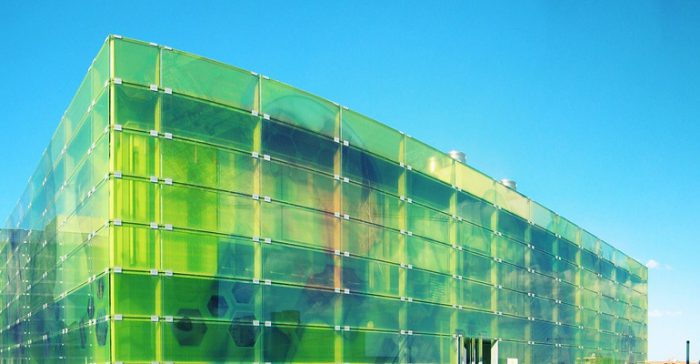Introducing the energy efficient Goldilocks building
The Telegraph, April 12, 2017
We all know that large, glass-covered buildings are often too hot in summer and too cold in winter. However, as Prof Derek Clements-Croome at Reading University suggests: “Traditional heavyweight buildings are naturally cool in hot countries, as compared to lightweight modern buildings, which unless well ventilated can be very hot.”
Moreover, when one side of the building gets its temperature just right, it is likely that the rest of the office is suffering. Rather than paying for expensive heating and air conditioning, is it possible to simply manage the airflow within and around the building to get the perfect ambient temperature? Modern architecture says yes – here’s how it works.
For those seeking answers that don’t rely heavily on traditional energy-hungry heating, cooling and ventilation, architects are providing new passive and durable design solutions. To a great extent, these can be divided into preventative and heat modulation techniques.
Preventing
There are a number of techniques to stop the air in a building from getting hot in the first place. For instance, changing the microclimate in which it is located, by planting trees to shade the building from direct sunlight in summer. Trees planted within 40ft of the south side or within 60ft of the west side of a house will generate about the same amount of energy savings (in the northern hemisphere), because of the way shadows fall at different times of the day.
Another effective natural cooling device is to encourage vines to grow up the sides of a building. Such climbers can help cool the air inside by shading walls from the sun, and can limit the daily temperature fluctuation by as much as 50pc.
In addition, fully established vines can act as an additional form of insulation to lessen temperature fluctuations. However, with 35pc of heat lost through uninsulated walls in commercial buildings, installing artificial insulation is also an obvious choice.
Controlling how much a building absorbs heat is another way to maintain cooler temperatures. Along the Mediterranean, it is quite a common sight to see buildings brightly painted. Apart from making the buildings look attractive, the main purpose is to keep the inside air cool.
The bright colours achieve this by reflecting the heat away from the building, since a dark colour would absorb the heat of the Mediterranean sun. A white roof is painted with solar-reflective white coating and reflects up to 90pc of sunlight (as opposed to traditional black roofs, which reflect only 20pc).
On the building itself there are a number of ways to decrease the ability of the sun to heat up internal spaces. For instance, Prof Clements-Croome says: “The use of smart glass or façades with nano-coatings can reflect solar radiation efficiently so that those areas are some 5C below surrounding areas. This latter approach is called photonics.”
One very simple effective method is the fitting of either inner or external solar shades to protect from solar heat. In fact, Inflector solar shades fitted to windows effectively offer control in managing heat gain in summer by reflecting sunlight.
In winter, use of solar shades can prevent heat loss by absorbing sunlight and windows with direct exposure to the sun become passive solar collectors with the black side of the inflector material absorbing the sun’s rays and radiating the heat inward. For example a 1.5m2window with an inflector panel in direct sunlight can produce 2,096 British Thermal Units of heat per hour, which is equivalent to a 600w electric heater.
